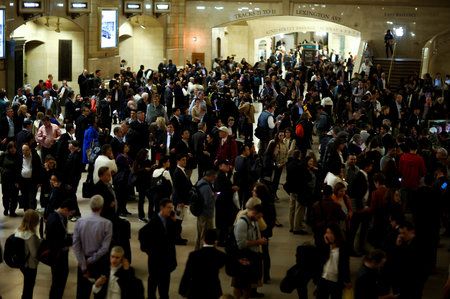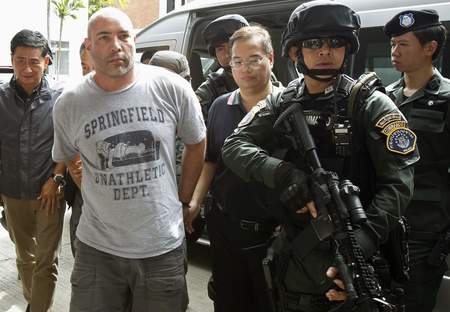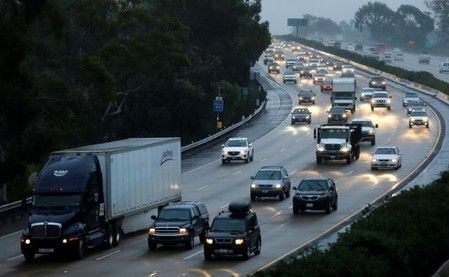Advertisement
Fire that disrupted NYC’s Grand Central Terminal trains ruled accidental

By Mike Wood
NEW YORK (Reuters) – Commuter train passengers braced for a crowded ride home from New York City’s Grand Central Terminal on Wednesday, with Metro-North Railroad service still only partially restored after a massive four-alarm fire disrupted the evening rush hour the evening before.
The New York City Fire Department ruled that the cause of the fire, involving elevated track at Park Avenue and 118th Street, was gasoline spilled on a hot generator at a garden supply store beneath the tracks.
While repairs were under way – possibly until Friday – trains serving tens of thousands of Metro North passengers from the city’s northern suburbs and Connecticut were operating on a limited weekend schedule.
Fire department investigators determined the fire broke out when heat from the generator ignited gasoline fumes, which set ablaze wooden pallets and other debris, said a Fire Department spokesman.
“They were trying to refuel when the generator was hot,” he said. “It was accidental.”
During the morning rush hour, customers on standing-room-only trains said the suburban train trip was more like a packed New York City subway ride.
“I’m surprised we got here at all,” said Lisa Bucci of Norwalk, Connecticut, who works in clothing sales, as her train crawled into the station, doubling her morning commute to more than two hours.
The Metropolitan Transportation Authority, which operates Metro North, was investigating what materials were being stored under the elevated tracks, spokesman Aaron Donovan said on Wednesday.
“We need to understand why they are being put there,” Donovan said. The Fire Department did not immediately respond to questions about the fire.
Train service during the evening rush hour on Tuesday was halted as firefighters battled the blaze. Metro-North crews worked throughout the night, repairing and restoring two of the four tracks for the morning rush hour.
MTA Chairman Thomas Prendergast told one TV station the fire caused “severe damage to a vertical column that supports the structure and especially the two center tracks. We were able ascertain that the two outside tracks and the structure supporting them are sound.”
Trains were operating on the two outside tracks at reduced maximum speeds of 30 miles (80 km) per hour, instead of the usual 60 mph.
(Additional reporting by David Gregorio and Barbara Goldberg in New York, Brendan O’Brien in Milwaukee and Suzannah Gonzales in Chicago; Editing by Jeffrey Benkoe and Steve Orlofsky)





















